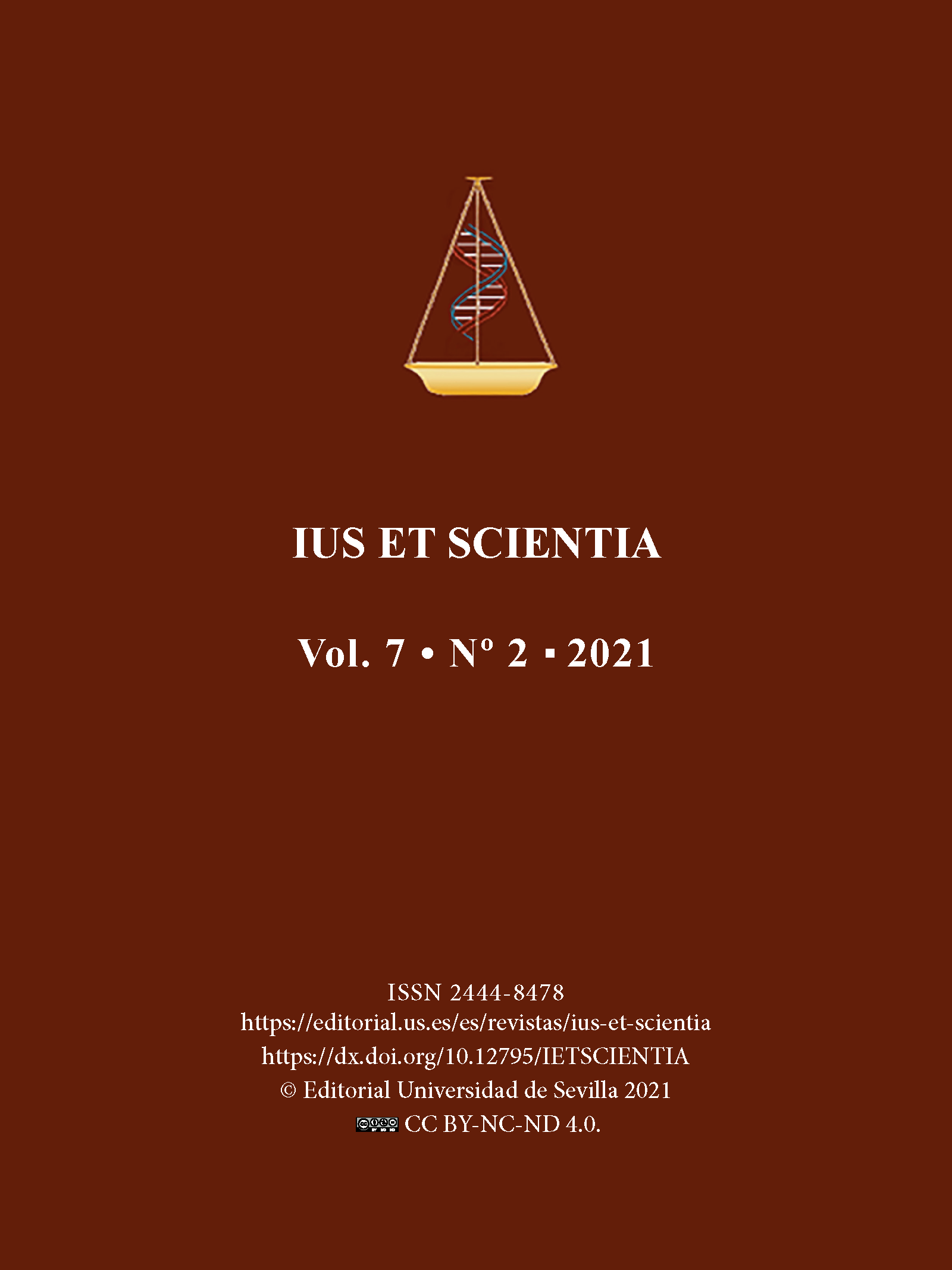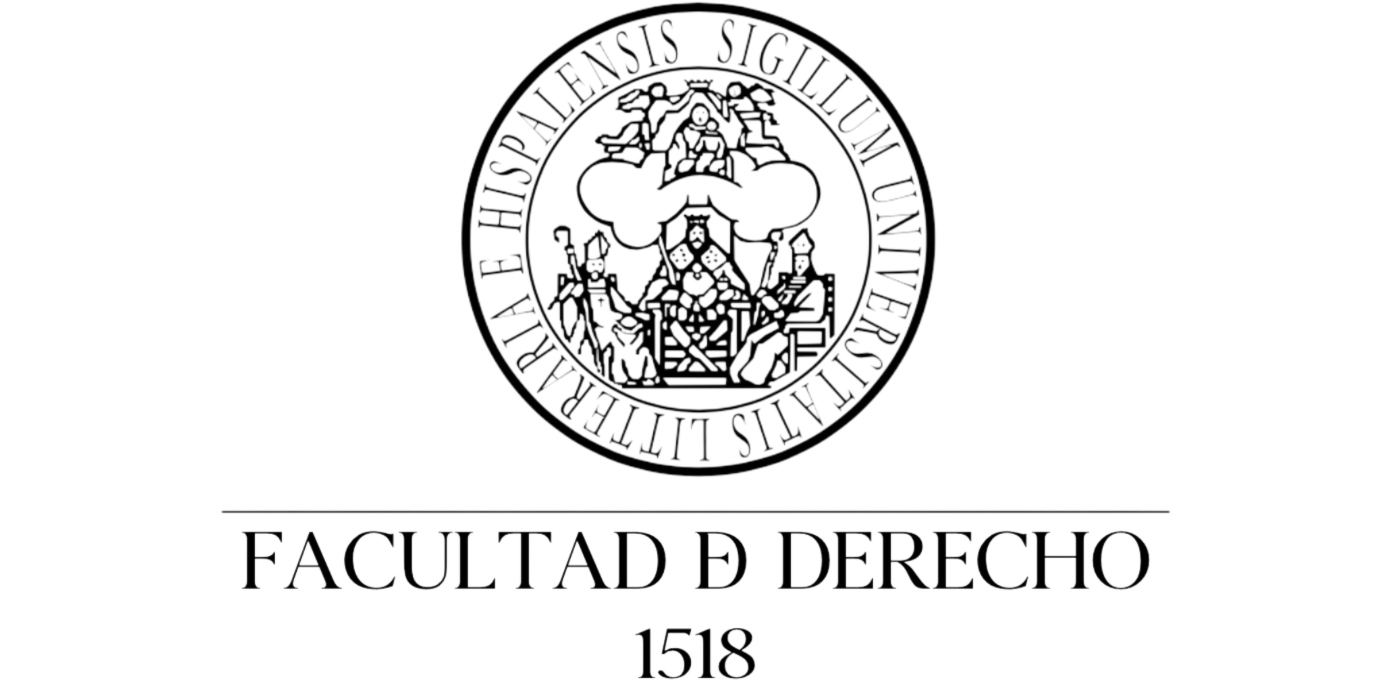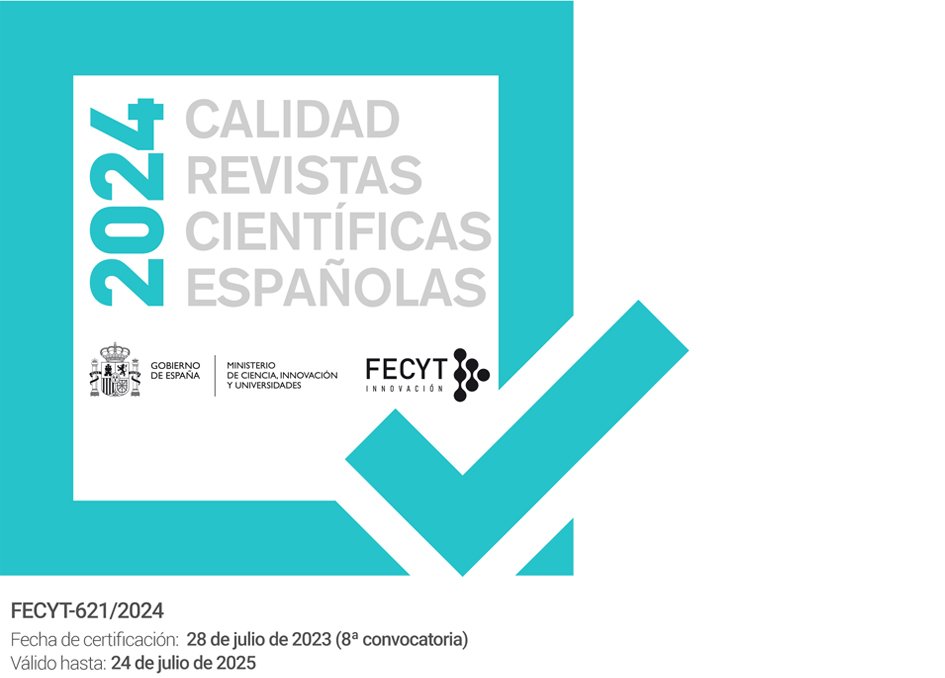Acerca de la inteligencia artificial en el ámbito penal: especial referencia a la actividad de las fuerzas y cuerpos de seguridad
DOI:
https://doi.org/10.12795/IETSCIENTIA.2021.i01.03Palabras clave:
Inteligencia artificial, Sistema penal, PolicíaResumen
El binomio inteligencia artificial-ámbito penal ha llegado para quedarse. Las implicaciones de tal interacción son evidentes: tanto las potencialidades, como las dificultades. Sea como fuere, con independencia de los avances y retrocesos en el debate, lo cierto es que el estado del arte revela no pocos ejemplos de utilización de la inteligencia artificial en el ámbito penal: reconocimiento facial; herramientas predictivas; etc.
Algunos de los ejemplos más relevantes se circunscriben a la actividad de las fuerzas y cuerpos de seguridad. A ello dedicaremos las líneas que siguen, en el ánimo de efectuar un examen crítico acerca de las herramientas de inteligencia artificial hoy día empleadas en este ámbito; en el ánimo, en definitiva, de facilitar un aterrizaje garantista que permita optimizar todas sus virtualidades.
Algunos de los ejemplos más relevantes se circunscriben a la actividad de las fuerzas y cuerpos de seguridad. A ello dedicaremos las líneas que siguen, en el ánimo de efectuar un examen crítico acerca de las herramientas de inteligencia artificial hoy día empleadas en este ámbito; en el ánimo, en definitiva, de facilitar un aterrizaje garantista que permita optimizar todas sus virtualidades.
Descargas
Citas
Andrés Segovia, B. (2020). Derecho e innovación en la Agenda España Digital 2025. Diario La Ley, 9743.
Balcells, M. (2020). Luces y sombras del uso de la inteligencia artificial en el sistema de Justicia penal. En A. Cerrillo I Martínez y M. Peguera Poch (Eds.). Retos jurídicos de la inteligencia artificial. Cizur Menor (Navarra): Aranzadi.
Barona Vilar, S. (2019). Inteligencia artificial o la algoritmización de la vida y de la justicia: ¿solución o problema? Revista Boliviana de Derecho, 28, 18-49.
Bueno de Mata, F. (2010). E-justicia: Hacia una nueva forma de entender la justicia. Riedpa: Revista Internacional de Estudios de Derecho Procesal y Arbitraje, 1, 1-10.
González-Álvarez, J. L., Santos-Hermoso, J. y Camacho-Collados, M. (2020). Policía predictiva en España. Aplicación y retos de futuro. Behavior & Law Journal, 6 (1), 26-41.
Hernández Giménez, M. (2019). Inteligencia artificial y Derecho penal. Actualidad Jurídica Iberoamericana, 10 bis, 792-843.
Liberatore, F., Quijano-Sánchez, L. y Camacho-Collados, M. (2019). Applications of Data Science in Policing: VeriPol as an Investigation Support Tool. European Law Enforcement Research Bulletin-Innovations in Law Enforcement, 4, 89-96.
López Baroni, M. J. (2019). Las narrativas de la inteligencia artificial. Revista Bioética y Derecho, 46, 5-28.
Martínez Martínez, R. (2019). Inteligencia artificial desde el diseño. Retos y estrategias para el cumplimiento normativo. Revista Catalana de Dret Públic, 58, 64-81.
Miró Llinares, F. (2018). Inteligencia artificial y justicia penal: más allá de los resultados lesivos causados por robots. Revista de Derecho penal y Criminología, 20, 87-130.
Merchán Murillo, A. (2019). Inteligencia artificial y blockchain: retos jurídicos en paralelo. Revista General de Derecho Administrativo, 50.
Sánchez Barrilao, J. F. (2016). El Derecho constitucional ante la era de ultrón: la informática y la inteligencia artificial como objeto constitucional. Estudios de Deusto, 64/2, 225-258.
Solar Cayón, J. I. (2018). La codificación predictiva: inteligencia artificial en la averiguación procesal de los hechos relevantes. Anuario Facultad de Derecho de la Universidad de Alcalá, 11, 75-105.
VV.AA. (2012). Face Recognition Performance: Role of Demographic Information. IEEE Transactions on information forensics and security, 7 (6), 1789-1801.
VV.AA. (2016). The perpetual line-up: unregulated police face recognition in america. Washington D. C.: Georgetown Law, Center on Privacy & Technology.
Publicado
Cómo citar
Número
Sección
Licencia
Aquellos autores/as que tengan publicaciones con esta revista, aceptan los términos siguientes:- Los autores/as conservarán sus derechos de autor y garantizarán a la revista el derecho de primera publicación de su obra, el cuál estará simultáneamente sujeto a la Licencia de reconocimiento de Creative Commons que permite a terceros compartir la obra siempre que se indique su autor y su primera publicación esta revista.
- Los autores/as podrán adoptar otros acuerdos de licencia no exclusiva de distribución de la versión de la obra publicada (p. ej.: depositarla en un archivo telemático institucional o publicarla en un volumen monográfico) siempre que se indique la publicación inicial en esta revista.
- Se permite y recomienda a los autores/as difundir su obra a través de Internet (p. ej.: en archivos telemáticos institucionales o en su página web) antes y durante el proceso de envío, lo cual puede producir intercambios interesantes y aumentar las citas de la obra publicada. (Véase El efecto del acceso abierto).
- Resumen 1842
- pdf 2804
- html 380






